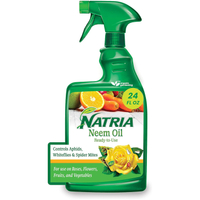7 natural aphid deterrents to prevent infestation in your yard
Aphids may be small, but they’re mighty pests and you’ll need these tips to tackle them
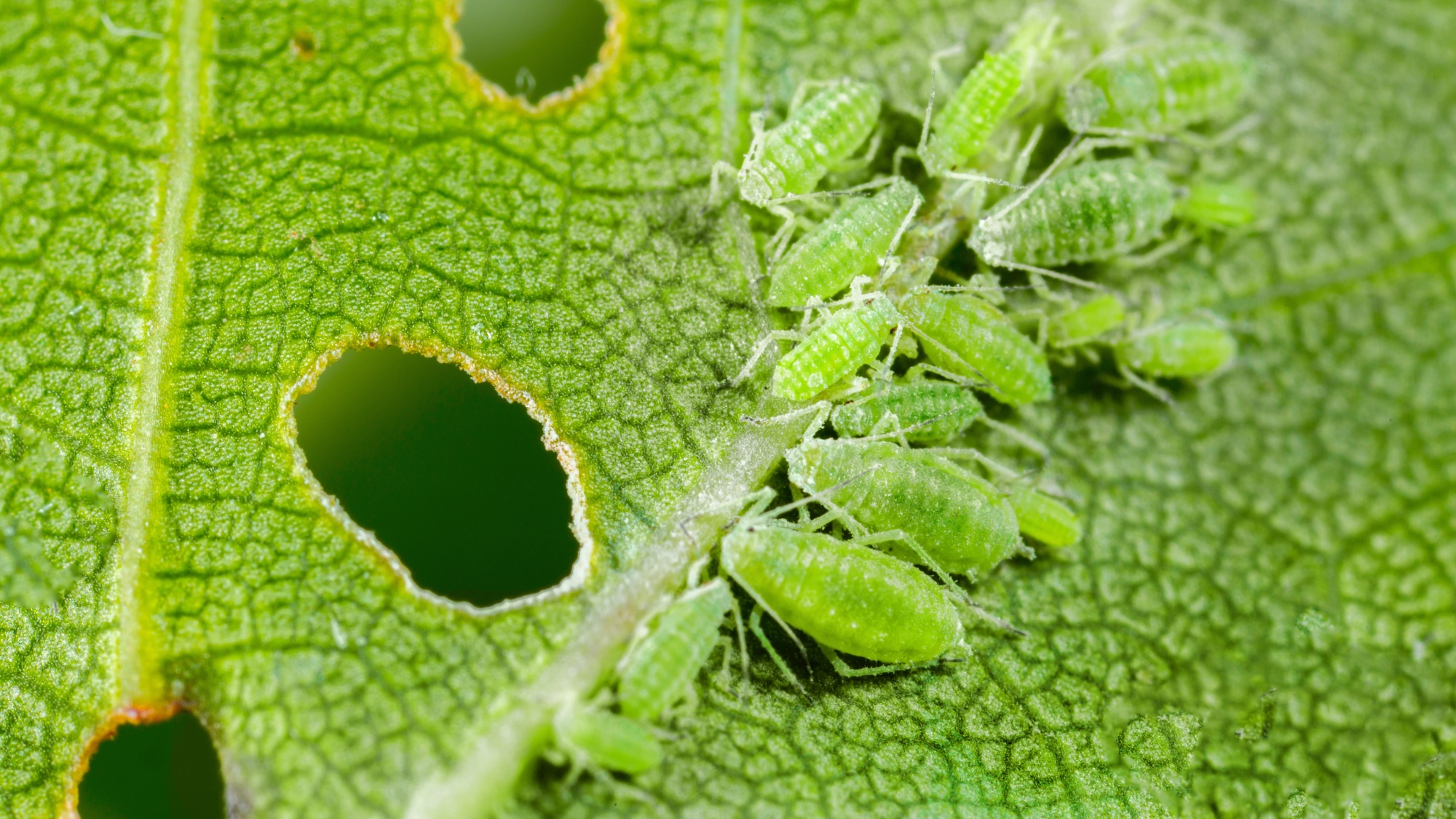
Aphids, commonly known as greenfly or blackfly, are miniature soft shell bugs that enjoy attaching themselves to the underside of leaves in your yard and sucking the sap out of your plants. While aphids enjoy the nutrients they get, it’s extremely damaging to your plants and can cause damage and eventually kill them if left untreated. Aphids can be almost impossible to spot given their size. Although, that obviously becomes easier when you have an infestation.
They may be small, but they multiply quickly resulting in the ability to cause a lot of damage. Before you grab an insecticide and spray it around your plants as soon as you spot a problem, it’s worth looking at these 9 things to consider before using pesticide in your yard. Insecticides are harmful to a variety of insects in your garden, some of which are friends, not foe. Alongside hurting these insects, you’ll also be damaging the environment. Both of which aren’t necessary in the plight against aphids as we detail below. Here's seven natural ways to deter them from your yard.
How to tell if you have an aphid infestation
The best way to tell if you have an aphid infestation is by taking a close look at your plants. If you notice any curled or yellow leaves, discoloration, deformed flowers, or damaged fruit, you may have a problem. On these plants, inspect the underside of the leaves, stems, and any new growth to see if you can spot aphids hiding there.
If you have a large infestation, you may also notice a sticky solution called honeydew on the leaves. In time, this honeydew can create a fungal growth called sooty mold that will leave a shiny, sticky substance on your plants, as well as black dots. Aphids are often as green as your plants, so equipping yourself with a magnifying glass and using the best sunlight of the day is your best time to check.
What plants do aphids target?
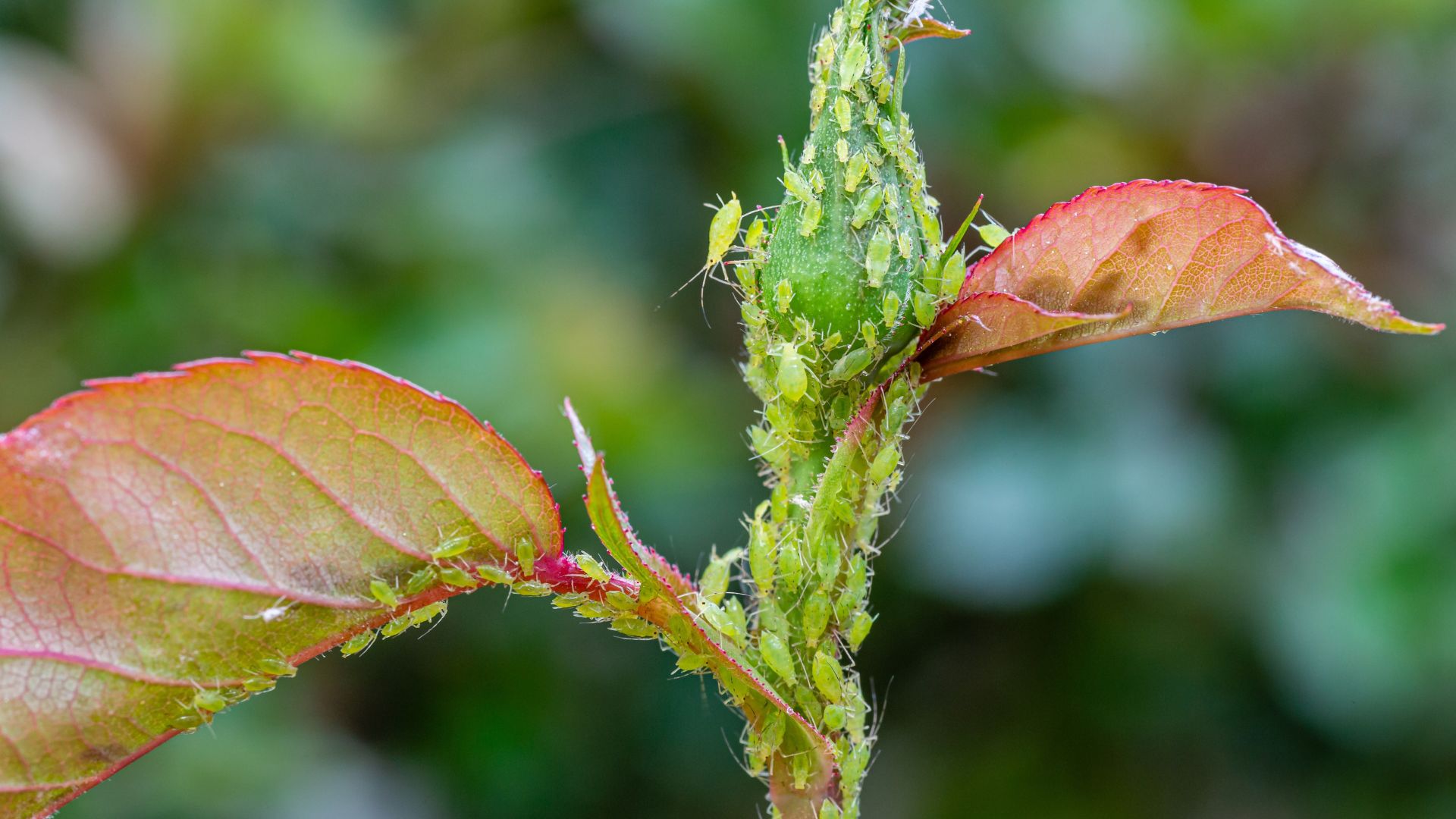
Unfortunately, aphids love a wide variety of plants. Roses, tomato plants, nasturtiums, hibiscus, sunflowers and many more. They’re especially prevalent in the spring and summer when plants are beginning to flower and fruit.
Fortunately, there’s also a wide variety of aphid species and some of them are attracted only to specific plants. So, if you’ve got an aphid infestation on one of your plants, but not others, it may be limited to just that group. Either way, following our seven steps below will help you tackle an aphid infestation before it becomes an even bigger problem.
1. Attract ladybugs
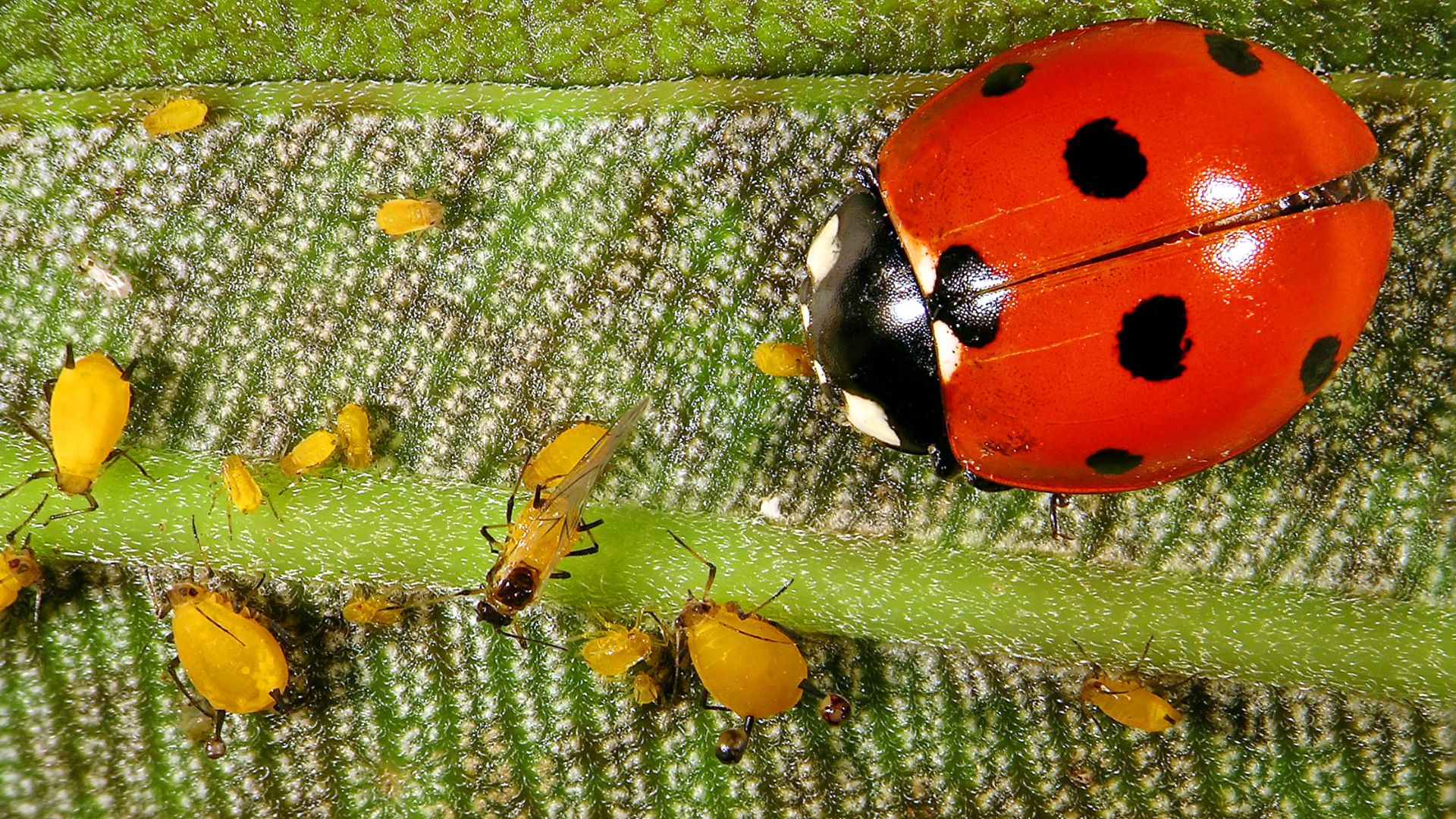
Ladybugs love to eat aphids. Encouraging ladybugs into your yard by planting pollen-rich flowers and herbs like scented geraniums, cosmos, angelica, tansy, dill, cilantro, and fennel will provide a great food source for ladybugs and make your yard, in turn, more appealing.
Sign up to get the BEST of Tom's Guide direct to your inbox.
Get instant access to breaking news, the hottest reviews, great deals and helpful tips.
This means you’ll create a population of natural aphid predators that will do the hard work for you. It’s actually the ladybug larvae stage that eat the most aphids though, so you’ll want to create a population of ladybugs that live in your yard year-long and mate to create more larvae for aphid feasting.
You can buy ladybugs online, but the experts at sustainability site Treehugger state they’re “expensive and potentially disease-carrying”. Instead, it’s better to attract ladybugs naturally, just as you’re trying to deter aphids naturally. While ladybugs are beneficial in your yard, they can be a real nuisance in your home. Here’s three easy ways of getting rid of ladybugs if you find they become attracted indoors.
2. Neem oil
Neem oil is a natural insecticide that you can either buy and mix with water yourself, or buy as a ready-to-use solution. It’s extremely handy for getting rid of mealybugs, repelling Japanese beetles in your yard, and getting rid of lawn grubs. Plus, for aphids, it’s a simple spray that can be applied every few days to the underside of your leaves.
To create your own neem oil spray, follow the instructions carefully on the bottle and packaging. Spray it directly onto the underside of your leaves and allow it to soak. The best time of day to apply a neem oil solution is early morning or in the evening so that the direct sunlight doesn’t weaken its effectiveness. Be wary though as neem oil can also affect other beneficial insects in your yard like bees and butterflies.
Natria Neem Oil Spray for Plants: was $11 now $8 @ Amazon
Neem oil is an affordable fungicide spray that deters pests from plants without damaging them. Reviews particularly praise this spray for treating aphids. "I sprayed it liberally on my two citrus trees and it seemed to eliminate the aphids that had crippled them," one said. "The leaves were crinkled and brown and now they are green and healthy."
3. A simple soap and water solution
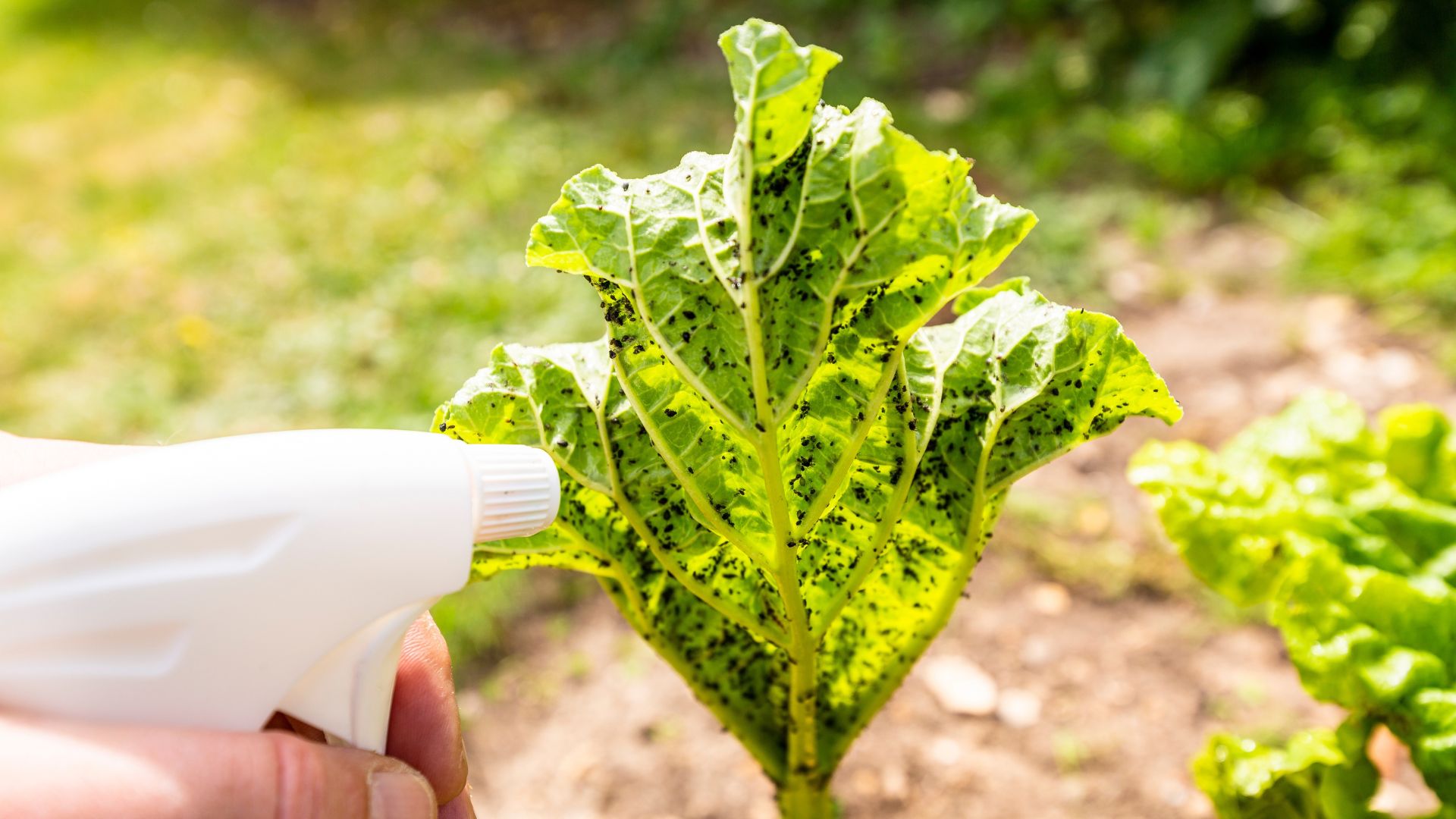
If you’re keen to avoid affecting any other insects in your yard, you can create your very own soapy solution to spray directly onto your plants. For this, mix a few drops of pure liquid soap, like castile, into a spray bottle of water.
The soapy bubbles that will cover your leaves will work at suffocating and detaching the aphids from their sticky hold, eventually killing them. Be sure to rinse your plants down with water a few hours after though to prevent the soapy solution causing unnecessary damage to your plants. It’s very similar to the neem oil spray, but you need to ensure you’re directly targeting the aphids for it to be effective.
4. Companion planting
While aphids enjoy feasting on a variety of plants, there are plenty of ones they do not like. Planting these as companions to the ones you’re trying to protect is an effective and natural way to deter aphids. Plus, you can reap the rewards of the plants they don’t like by enjoying their scents, colors, or even fresh herbs.
So, to deter aphids, plant lavender, marigolds, chives, basil, and garlic near the plants you want to protect. Additionally, you can trap aphids with plants like dahlias, nasturtium, buckwheat, and mustard as aphids are naturally attracted to these and will choose them over options such as your precious tomato plants and roses. Companion planting also works well for deterring slugs and snails from your yard.
5. Create your own spray
While neem oil and a simple soap and water solution work well, you can also get creative using a blend of essential oils. Essential oil sprays are wonderful natural pest repellents and to create them, you simply mix a few drops of oil into a small spray bottle of water. Oils such as peppermint, clove, basil, cedarwood, rosemary, or thyme.
There’s also some great tips on social media like creative explained on TikTok who dices up one small red onion, two garlic cloves, and a teaspoon of cayenne pepper into a jug filled with around a liter of water. He places it in the fridge for 12 hours and then pours it into a spray bottle to use directly against pests such as aphids.
6. Pick them off by hand
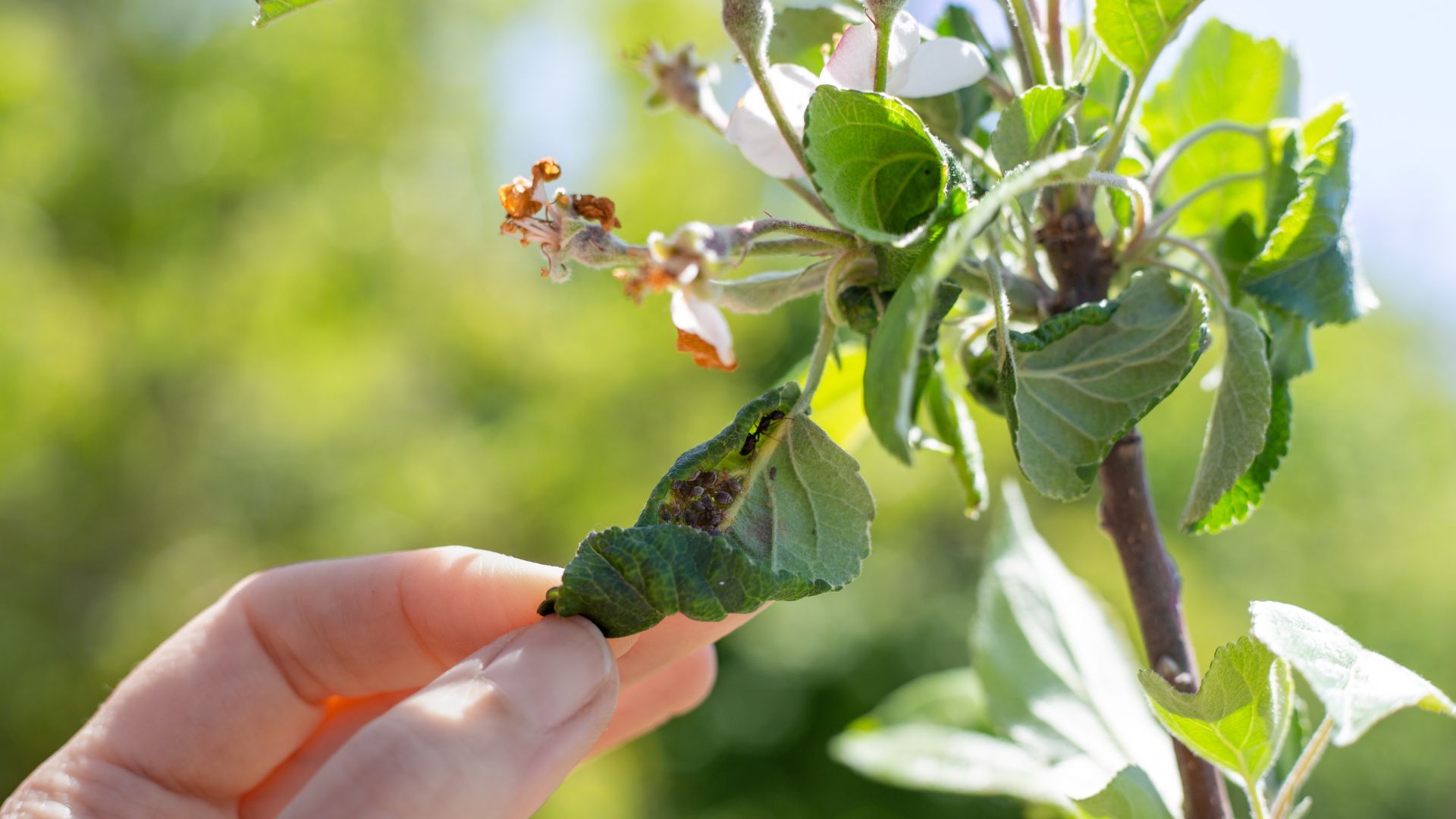
Armed with good eyesight, or a magnifying glass, a bucket of soapy water, and some rubber gloves, you can tackle aphids by hand. Aphids don’t move particularly fast, they can be winged or wingless, and, when grouped together, are much easier to spot. So, if you want to tackle your aphid infestation hands-on, then picking them off yourself is a truly natural way of getting rid of them.
You can brush or knock them off leaves into a soapy water solution to drown them, or alternatively squash them between your fingertips. It’s a good method of control, but it does require you to stay diligent and on top of it at regular intervals before the aphids repopulate. Something they’re capable of doing quickly.
7. Spray them forcefully with water
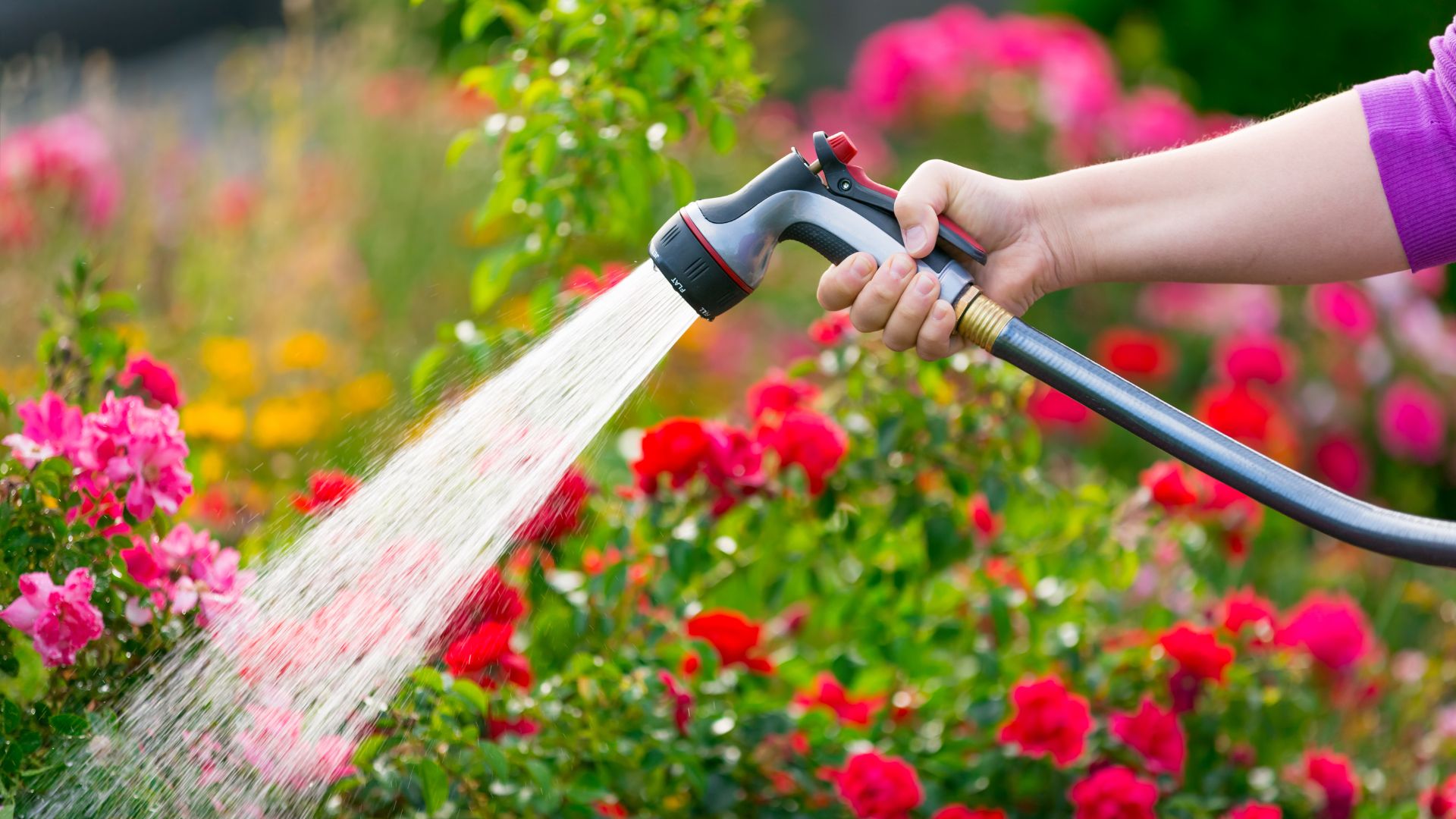
Grab your hose and use a strong stream of water to knock the aphids off of your plants. This is a simple, yet highly effective way of getting aphids off your plants, but you’ll need to repeat the process every few days to keep your problem under control. Aphids are tiny and so a strong blast of water will work to shift them, especially if you focus on the underside of your leaves.
There’s a couple of issues with this method. Too strong a stream may damage your fragile plants and flowers and too much water could lead to overwatering your plants. There are 5 tips to save an overwatered plant to implement, if you do find this becoming an issue.
More from Tom's Guide
Grace is a freelance journalist working across homes, lifestyle, gaming and entertainment. You'll find her writing for Tom's Guide, TechRadar, Space.com, and other sites. If she's not rearranging her furniture, decluttering her home, or relaxing in front of the latest streaming series, she'll be typing fervently about any of her much-loved hobbies and interests. To aid her writing, she loves to head down internet rabbit holes for an unprecedented amount of time.
